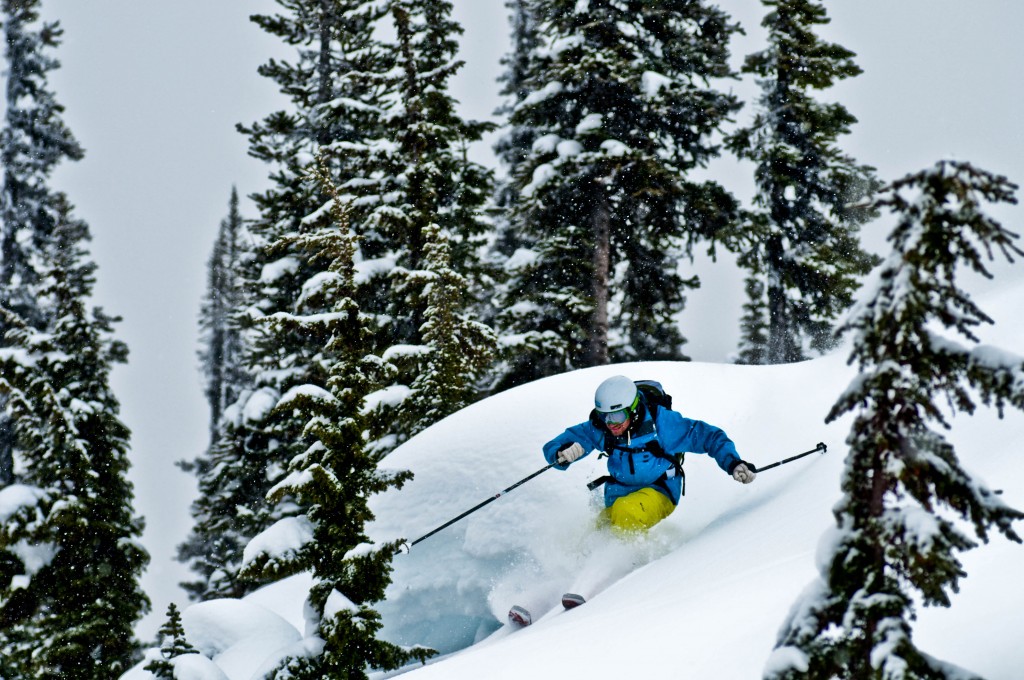Heli-ski Safety – Using your transceiver
Following our earlier piece on heli-skiing safety where we looked at dealing with avalanches, here’s how we use transceivers.
Here at Last Frontier we will provide all members of the group with transceivers, and we will always carry shovels and probes too. Training on the correct use of these items will always be included, but a prior knowledge of the basic techniques is definitely advantageous. Reading this is not a substitute for taking a full avalanche course, but hopefully will help further your understanding.The first thing to remember after an avalanche is not to panic. Making an assessment as to further dangers is vital, as maybe you’ll soon be putting your transceiver skills to the test and you need to be aware of any hazards to your own safety.

Next, allocating a leader: it’s probably the best way to ensure a quick and effective rescue search – and your heli ski guides are the people to co-ordinate efforts at this point. With years in the mountains and a wealth of experience, they are the ones to turn to.
Now, when in a safe location (the avalanche debris is generally regarded as being one of the safer places to be, as risk of it sliding again is very minimal) every member of the team should turn his or her transceiver to the ‘search’ function.
From here, the transceiver search is split into three parts. The first is the signal search, and this is primarily to locate a signal. Visual clues will sometimes help, so look out for ski poles, goggles and hats extruding from the snow. The signal search will ideally be carried out from the top of the avalanche, as it is a lot easier to move downhill than up.
Depending on the make of transceiver being used, the search path width will vary. Between 30 to 40 meters covers the ranges of most transceivers, but if in doubt, narrower searches will be quicker than having to cover the whole area again. Different search paths can be taken depending on the amount of searchers, size of avalanche debris etc. but to learn effectively about these more detailed techniques please refer to an affiliated avalanche course.
Once a signal has been located the second phase of location, the course search, can begin. Again, depending on the type of transceiver being used, the methods will vary slightly. However, in general, most are easy and intuitive to use. Follow the direction indicator (lights or arrows) and make sure the distance numbers are decreasing. Once within two or three meters you can begin the fine search phase.
This part of the search only requires one person, so other members can begin assembling their shovels and probes. Take the transceiver and hold it very close to the snow. Moving forwards and backwards, and then side to side, try to locate the smallest distance (or strongest signal). Repeat until you are hovering over the space where, if you move in any direction, you will get a decrease in signal strength, or the displayed distance.
Moving slowly is important, as is keeping the transceiver pointed in the same direction during this search. Now you are now ready to begin probing (to be covered in another post).
Heliskiing is the most exhilarating sport we know. Still, we take safety seriously – this way, every group can relax and enjoy the best heliskiing conditions in the world.
Heli Skiing, Heliskiing, Heli Ski, Heliski, Heli Skiing Tour, Heli Skiing Holiday, Heli Skiing BC, Heli Skiing Resorts, Heli Skiing Lodges


